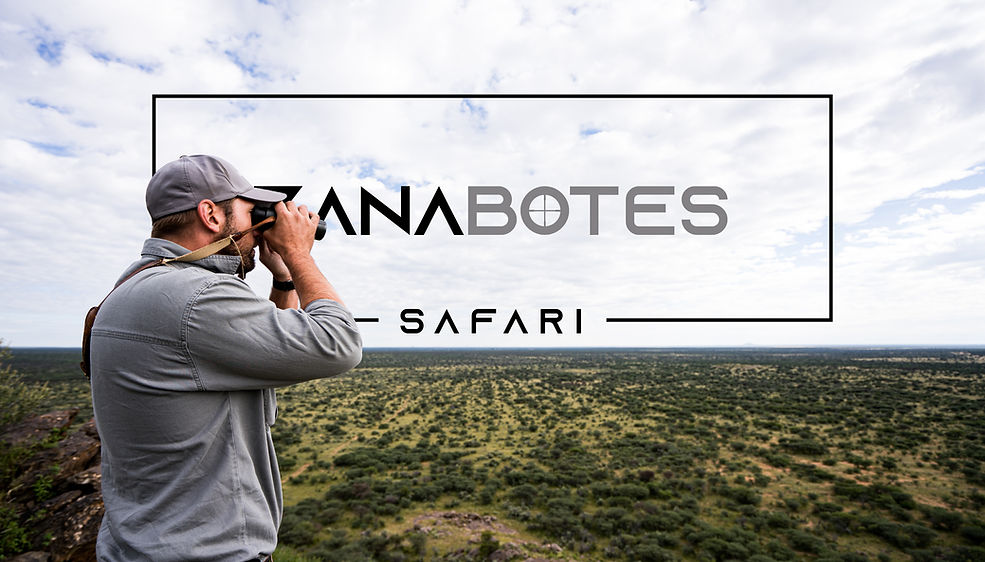
Waterbuck Hunting Safari in Namibia
Kobus ellipsiprymnus


The head-and-body length is typically between 177–235 cm (70–93 in) and the average height is between 120 and 136 cm (47 and 54 in). A sexually dimorphic antelope, males are taller as well as heavier than females. Males reach approximately 127 cm (50 in) at the shoulder, while females reach 119 cm (47 in). Males typically weigh 198–262 kg (437–578 lb) and females 161–214 kg (355–472 lb). The coat colour varies from brown to grey. The long, spiral horns, present only on males, curve backward, then forward and are 55–99 cm (22–39 in) long.
Waterbuck are rather sedentary in nature. A gregarious animal, the waterbuck may form herds consisting of six to 30 individuals. These groups are either nursery herds with females and their offspring or bachelor herds. Males start showing territorial behaviour from the age of five years, but are most dominant from the age of six to nine. The waterbuck cannot tolerate dehydration in hot weather, and thus inhabits areas close to sources of water which can force a wet and difficult hunt.
Predominantly a grazer, the waterbuck is mostly found on grassland. In equatorial regions, breeding takes place throughout the year, but births are at their peak in the rainy season in Namibia. The gestational period lasts for seven to eight months, followed by the birth of a single calf.

